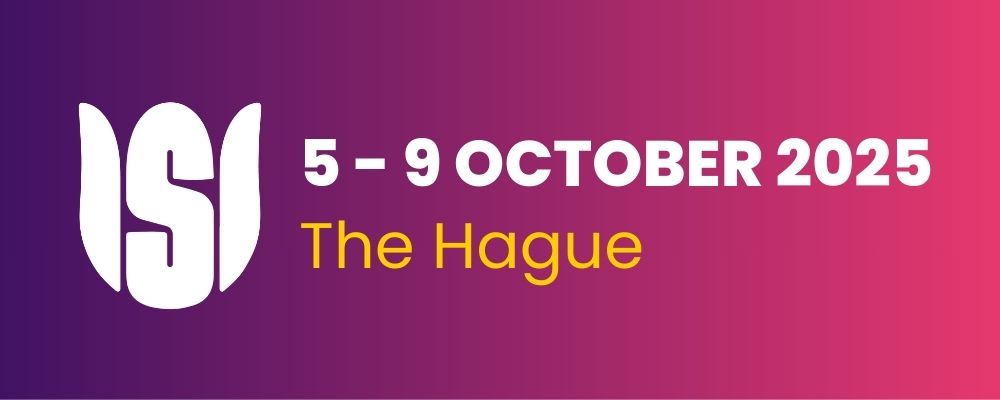Triangulating mobile phone data and survey data to produce bias-adjusted high-frequency estimates of population and internal mobility
Conference
65th ISI World Statistics Congress
Format: CPS Abstract - WSC 2025
Keywords: biascorrection, big data, mobilepositioningdata
Abstract
While mobile phone data (including Call Detail Records, CDRs) are a promising source of evidence on population mobility, particularly in data-poor settings such as low- and middle-income countries (LMICs), they remain partial in terms of population coverage, and prone to representation biases which are difficult to measure, control, and correct for in the absence of independent auxiliary data. The use of CDRs to estimate population change and mobility over time often relies on several unqualified assumptions about representativeness, i.e. that the derived mobility of phone users from CDRs is the same as that of non-users. As a result, CDR data representation biases must be corrected for. Although methodological development on CDR-derived statistics has progressed in recent years, few solutions have addressed these biases. Unadjusted indicators may severely misrepresent population movements and distributions, particularly in regions where phone use is low and subscriber numbers are small. We will show from available survey data that the mobility of phone users and non-users often varies, and that the average number of SIM cards used, the share of phone users, and the network operator market shares indeed differ between regions and between relocation flows.
